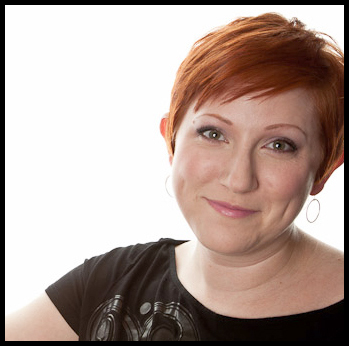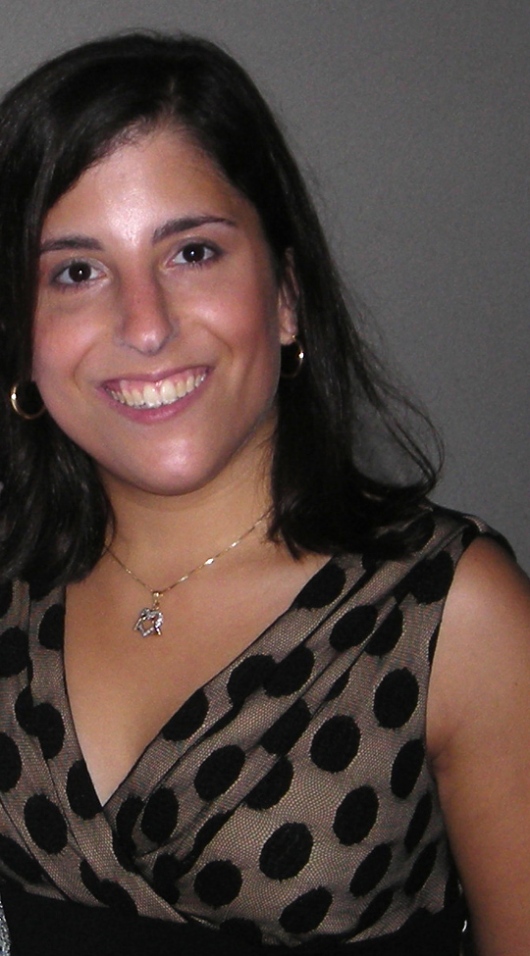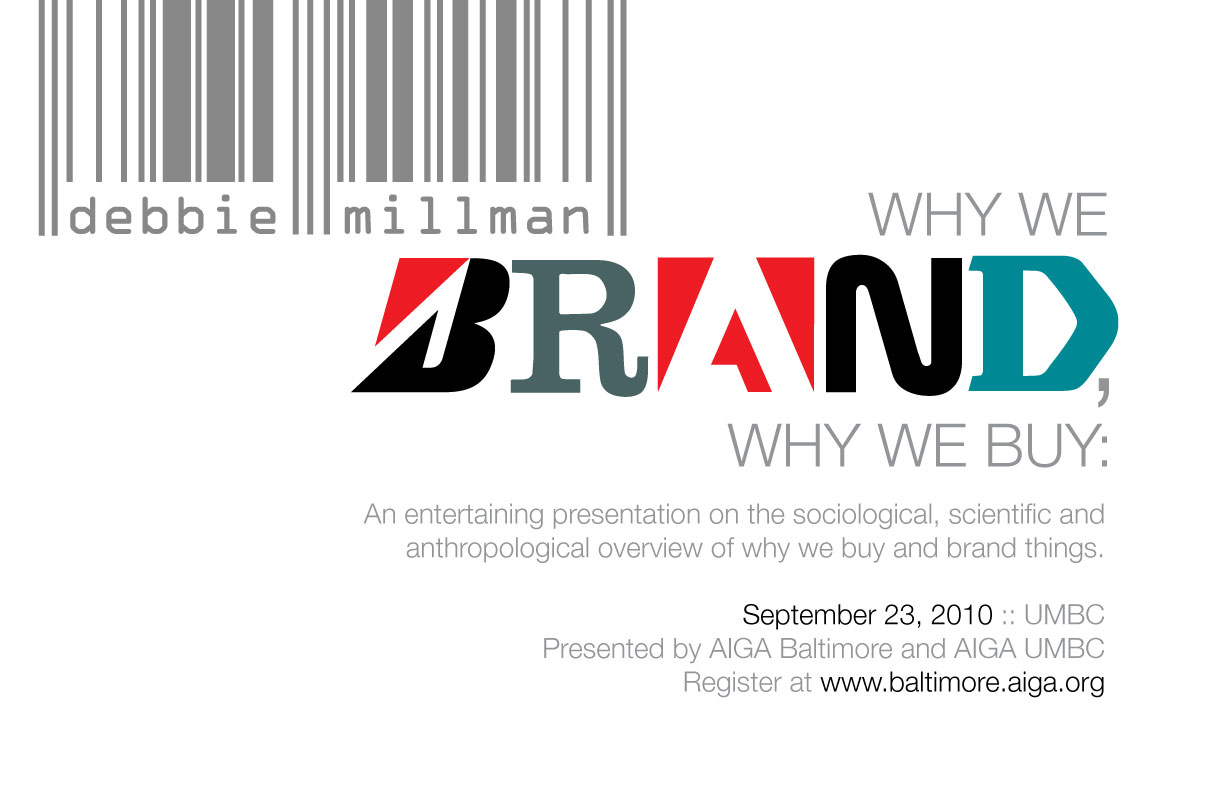
Jake, Pum: First, thanks for taking time to answer some questions for the design audience, AIGA Baltimore and for your fans… What’s funny about the Baltimore/DC divide is that the commute seems to transport us through a time-space continuum where it’s sometimes difficult to keep up with our brethren down in the DC area. Thanks for your graciousness in this interview and your subsequent trip to Baltimore, hopefully we can get caught up.
Let’s do a round-up: Design Army is billed as DC’s top creative firm with their recent inclusion into the 30th Type Directors Club (TDC) Annual. The featured project, the “Politics of the Possible” annual report for the Human Rights Campaign, showcases the studio’s use of clean typography to create a message with lasting impact. Showcasing 225 of the year’s best examples of typography, the TDC Annual is considered the world’s most prestigious typography competition.
JAKE: We actually have 3 pieces in the newTDC. The HRC Annual, CATALOG 25 for Karla Colletto, and the Design Army “to/from” Wrapping paper. We also have 2 editorial campaigns in the SPD Awards this year – My Fair Lady and Game Day (GD will receive a medal!) not an easy thing to do given all the magazine work in NYC. =)
Going from designing around their kitchen table in 2003, to a ten-person firm in custom-designed suites currently, Design Army has embraced success currently. Don’t take my word for it. Their list of accolades—available on their website—is too long to mention ranging from nods from Communication Arts to additional regional and national recognitions for their work.
Jake: What dynamic in a word (or sentence) takes the company from the kitchen table with two people to a long list of clients and a ten-person firm currently?
JAKE: That’s a tough one as there are many variables in being successful—but in a single word it would have to be “PASSION”—without it you will not make it far.
When we started Design Army we knew we had to make a mark on our design industry — and we also knew that we would be doing it on our own. Luckily Pum and I had been working together (and married) for many years so there was no disagreement on what we wanted to Design Army to be.
Both: Speaking of the CA article, your presentation which will be here in Baltimore April 8th (image to be included) is called “Strip” and promises to discuss the good and bad of the business. What experiences come to mind that might wet our whistle or phrased differently: what might you have done differently in the last seven years?
PUM: A lot had happened in last 7 years but I wouldn’t do anything differently. We were lucky a lot of times but we also made mistakes. I don’t view mistake as a negative things. It’s what make us stronger designers. Learning by doing is what make us comes this far. We are never afraid to try to do new things or new projects. If you want to hear the specifics then come to listen to our lecture.

JAKE: Yes, we had learned a lot of lessons along the way – some pretty costly—but regardless of the good or bad outcomes you have to be willing to take risks. Not all clients are willing to take risks, and so then you have to ask yourself is this the right client for me? It’s ok to say NO to a project if you think it will not be rewarding for you.
Pum: I read a bit about your collective working style in the CA article. Does the difference in background factor into the company’s interaction at all?
PUM: I’m a city girl who grew up in the heart of Bangkok. I see things differently than Jake. We both are very different and have a strong point of view. But coming from another country (and we visit/travel a lot) it’s easy to spot good design—good design will translate (visually) to any audience in the world.
Both: Reading about the experience at Supon Design Group kinda gave me the chills… (a firm that’s perhaps too big to manage, etc.) I’ve read your desire to keep the firm at about its current size. Does the largesse of design firms lead to a loss of focus, sensibility?
PUM: In general, size doesn’t matter. There are many good firms out there that are quite big and quite good. We just know that small works for us. We had a privilege to lead 30+ designers before at our previous job and we know it’s hard to keep quality control.
JAKE: Pum is right, size is not that important. The work is. True, it’s a lot of work to manage more people and that is one reason we prefer to stay smaller. We can be more selective on our clients and focus on the work we LIKE to do, rather than just doing work. I know we get a lot of slack for being so selective all the time, but what we really look for is a client that is willing to change – no matter of they are non-profit, huge corporate or a start-up. There are many of them out there if you look hard.
Your time spent at Supon… How did that experience frame the business otherwise?
Pum: The best part about sticking around at SDG was learning the business side (after SDG was bought by a bigger agency we learn a lot about how to operate a studio).
JAKE: Wow. I think if we had not went through the entire process of the merge/purge we would never know what we know now.
Creatively, working at SDG was great and I would say we operate very similar to that work model today at Design Army. I just wish we had better computers back in the day so we did not work to midnight every day of the week.
Business wise, the lessons I learned at SDG were painful to digest. We went through many merges/purges and I was put in to some difficult business situations – situations I did not want to be involved in. But… I learned very quickly that design is a business so you have to learn to balance the creative and business to be successful.
Pum: I was really psyched to know that your approach is to really work at sketching ideas before developing them. In fact a favorite book of mine: “It’s Not How Good You Are, It’s How Good You Want To Be” by the late Paul Arden, says “rough ideas sell the idea better than polished ones.” Can you talk about the company’s perspective on sketching and prototyping ideas before getting them onto the computer. Why is that important to you?
PUM: When I say sketches, I mean the old-school of picking up a pencil and get it down on the piece of paper. Our work is about what you are trying to say, not what is it look like at the end. Design should please the eyes and activate the mind. Putting ideas on paper is the best thing. It goes from you brain directly to your hand. I believe there are two types of designers, “the brain” and “the hand”. To work at Design Army you have to have both. Some people can be very good at concept but if they can’t execute it, then you are not a designer. Some people can be very good at typography, layout, color but if they can’t think conceptually, then you are not a good thinker. Our teams have HEAD (idea), HAND (execute), HEART (passion)! Our team probably spends more time thinking than designing.
You’ve nearly got me convinced to cut the computer off right now. Why should I sketch more?
PUM: I believe if you can’t sketch, you can’t see in your head. Sketches give you the big picture of what your design should look like. Sketches give you the opportunity to make a few mistakes. Sketches are efficient and save a lot of creative time. You can work anywhere when you sketch (during commute, watching TV, or even freak out awake at night). And a sketch-book is a lot lighter to carry around than a laptop – no power or wifi needed!
Both: I’m also energized by the division of your projects—which you seem to be focused on knowing what you want to be working on. Is that the chicken or the egg? Do you seek an appropriate divide of projects or has that come to you by happenstance?
PUM: It’s important to only take a project that we are interested in. Being a smaller studio gives us an opportunity to say yes or no to the projects. I think you are into the project more if you understand the subject and the business. I love fashion and we go after those clients.
JAKE: I think I try to maintain a balance of work mainly so our staff does not get bored. We will do some conference work each year – but not a lot as they often too long of a project. We also do a lot of annual reports – some fun and others not so fun – but they are great for two reasons. 1) they have a deadline. 2) they have bigger budgets. As Pum said – fashion is a lot of fun and it’s twice a year (spring/fall); same for the arts/theatre work – as once season is wrapping up in the fall we are starting the new season for the spring.
But in truth around 90% of our work is from referral. We have a very lean/mean operation at Design Army and are very fortunate to have a talented team of designer. This really makes new business development easy for me.
Jake: What themes have the company encountered with the recession and the new economy and what do designers need to be doing to mind the gap of the new economy?
PUM: I have a few rules I like to preach: 1) Designers need to keep doing and continue to evolve with technology. Your work will be extinct if you don’t adapt and be aware what is around you. 2) LOVE WHAT YOU DO. If you don’t you will never become a great designer, you just have a job!! 3) Nothing good is ever easy. The most important thing is to have passion. You got to want your design to be better all the time. The best project that you ever work on should always be the one that you are currently working on now.
JAKE: One of the big themes you will see in our lecture is how we dealt some of the recession related problems. One of the biggest issues we faced was that our clients want the same level of creative with less cash. We had to work extra hard to find creative solutions using less—or at least give the impression of in some cases.
Other thing I have seen is the growth of interactive really picking up. We do a decent amount of interactive and some social media for our clients which have pushed our staff’s skill sets further—and I think overall that makes them even better designers. Luckily, DC did not get hit too hard (well the smaller firms didn’t) with the recession and we had maybe one slow month; and then we focused on our own self-promotions or pro-bono projects.










